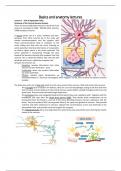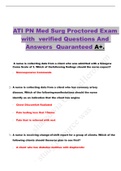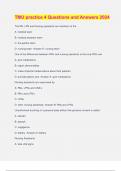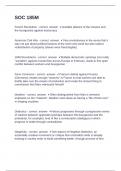College aantekeningen
College aantekeningen MED-BMS24 Medical Neuroscience: basics & anatomy (MED-BMS24)
- Instelling
- Radboud Universiteit Nijmegen (RU)
All the notes from the course MIN24 written in English. Overall, the course MIN24 provides a comprehensive overview of the brain anatomy and brain research, encompassing anatomy of the central nervous system, embryological development, cortical functions, cerebral vasculature and neurodegeneration,...
[Meer zien]








